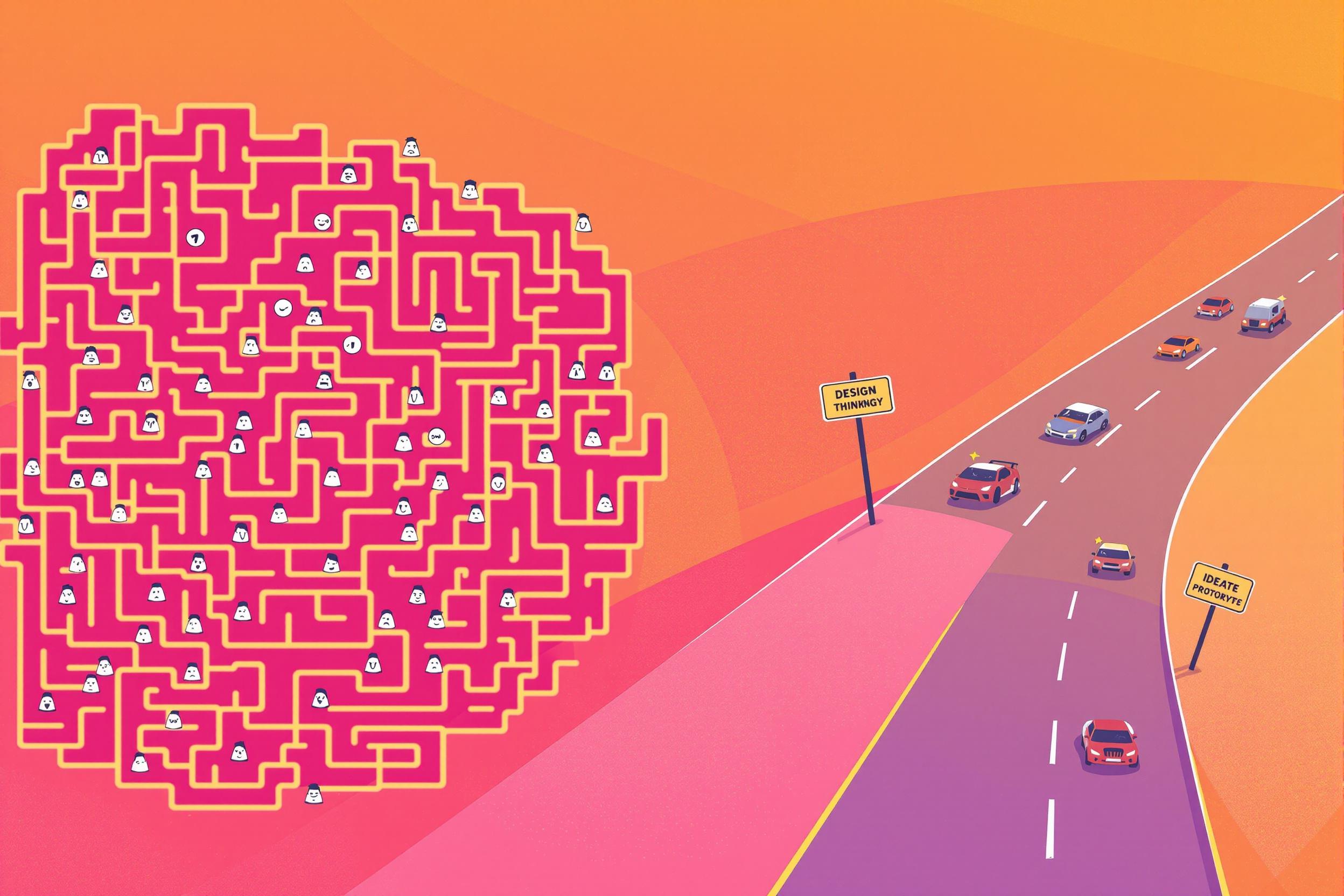
Decision Tree
A Decision Tree is a simple but powerful tool used by analysts to make choices and predictions based on data. Think of it like a flowchart that starts with a question and branches out into different answers, just like a tree branches out from its trunk. Analysts use Decision Trees to help companies make better business decisions, predict customer behavior, or solve complex problems by breaking them down into smaller, manageable steps. Similar approaches include Random Forests and Classification Models, but Decision Trees are popular because they're easy to explain to non-technical people and provide clear reasoning for each decision.
Examples in Resumes
Created Decision Tree models to predict customer churn with 85% accuracy
Built Decision Trees to optimize marketing campaign targeting
Implemented Decision Tree Analysis to improve inventory management decisions
Typical job title: "Data Analysts"
Also try searching for:
Where to Find Data Analysts
Online Communities
Professional Networks
Job Boards
Example Interview Questions
Senior Level Questions
Q: How do you decide when a Decision Tree is the right tool for an analysis problem?
Expected Answer: A senior analyst should discuss evaluating the business problem, data types available, need for interpretability, and comparing Decision Trees with other analysis methods. They should mention real examples of successful and unsuccessful applications.
Q: How would you handle a Decision Tree that's showing signs of overfitting?
Expected Answer: Should explain in simple terms how they would simplify the tree, use techniques like pruning, and balance accuracy with usefulness. Should demonstrate understanding of when a simpler model might be better than a complex one.
Mid Level Questions
Q: What are the key factors you consider when building a Decision Tree?
Expected Answer: Should discuss how they choose which questions to ask first, how they determine when to stop splitting the tree, and how they ensure the tree makes business sense.
Q: How do you validate if your Decision Tree is working well?
Expected Answer: Should explain how they test the tree's accuracy, check if it makes logical sense, and ensure it's actually helpful for business decisions.
Junior Level Questions
Q: Can you explain what a Decision Tree is in simple terms?
Expected Answer: Should be able to explain using simple analogies, like a flowchart or a game of 20 questions, and give basic examples of how they're used in business.
Q: What are the basic components of a Decision Tree?
Expected Answer: Should explain nodes (decision points), branches (options), and leaves (final outcomes) in simple terms, using everyday examples.
Experience Level Indicators
Junior (0-2 years)
- Basic understanding of Decision Tree concepts
- Creating simple Decision Trees
- Data cleaning and preparation
- Basic statistical knowledge
Mid (2-5 years)
- Building complex Decision Trees
- Model validation and testing
- Business problem interpretation
- Presenting findings to stakeholders
Senior (5+ years)
- Advanced Decision Tree techniques
- Strategic analysis leadership
- Complex problem-solving
- Training and mentoring junior analysts
Red Flags to Watch For
- Unable to explain Decision Trees in simple terms
- No experience with real business applications
- Lack of basic statistical knowledge
- Poor data interpretation skills
- No experience with analysis software
Related Terms
Need more hiring wisdom? Check these out...

Automated Scorecards in ATS Systems: Your Secret Weapon for Smarter Hiring Decisions

Reducing Time-to-Hire: Practical Strategies Using AI Tools

Why Your Hiring Process is a Maze (And How Design Thinking Can Turn It into a Superhighway)

